

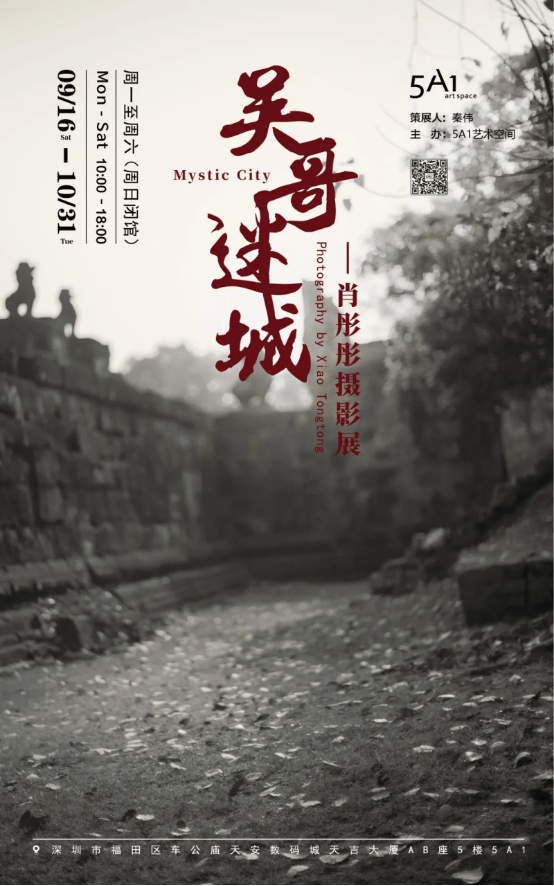
The book Mystic City of Angkor shows a lost and mysterious world. The author Xiao Tongtong releases those unspeakable personal feelings in the quiet and flowing black and white images.
Unlike other art media, photography directly extracts materials from reality, so generally speaking, photography does have the ability to aggregate daily life. But for artists and poets, their photography needs to get rid of the shackles of various appearances and enter a deeper emotional space; photography creation should be generated from the self, and the perception of things around should be transformed into the subject of shooting, and transformed into a way of connecting life experience.
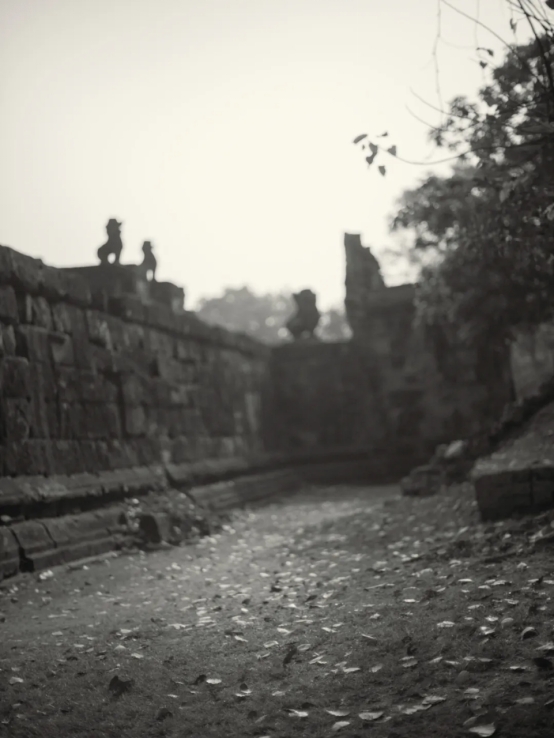
In The Mystic City of Angkor, the photographer uses erratic visual points and illusory shooting techniques to lead us into the dim ancient time.
"Let life be beautiful like summer flowers And Death like autumn leaves.” It is very appropriate to describe the ancient Angkor City with the poem of the Indian poet Rabindranath Tagore. In the spiritual philosophy of Hinduism, extinction and rebirth are the laws of all things in the universe, and the heavenly families also perform their duties accordingly. Isn't this reincarnation between life and death a portrayal of today's Angkor Dynasty?
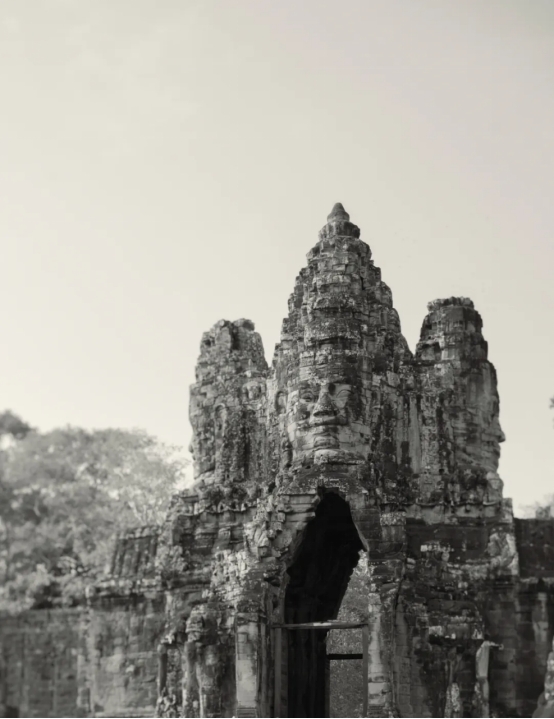
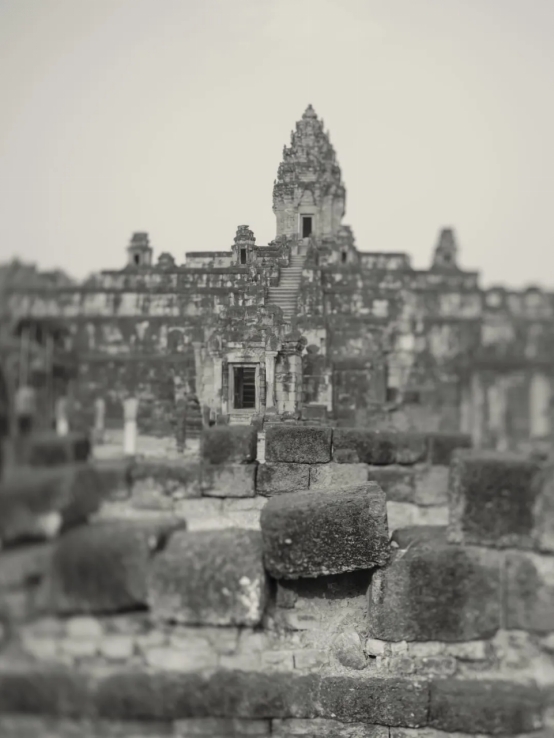
Ancient Khmer culture, influenced by Hinduism and Buddhism, was the spiritual pillar of ancient Khmer, and was passed down from generation to generation by ancient Khmer people from birth to death. Modern people are puzzled and confused by Angkor-style architecture, but in fact, it is designed based on the cosmology of Hinduism; while looking at the architectural design of Angkor Wat from a high altitude, it can be found that it is composed in the form of a mandala (cosmic map), implying that this place is a microcosm of the universe.

The heyday of Angkor was from the 9th to the 15th century AD. Angkor was also the political and religious center of the Angkor Dynasty. Later, due to foreign invasions and changes in the natural environment, the splendid city became desolate and deserted. It was not until 1860 that Frenchman Henri Mouhot found the remains of this ancient city based on the Records of Cambodia written by Zhou Daguan, an envoy of the Yuan Dynasty. Since then, the legend of Angkor has once again amazed the world, as if fulfilling the prophecy of destruction and rebirth in Hinduism.
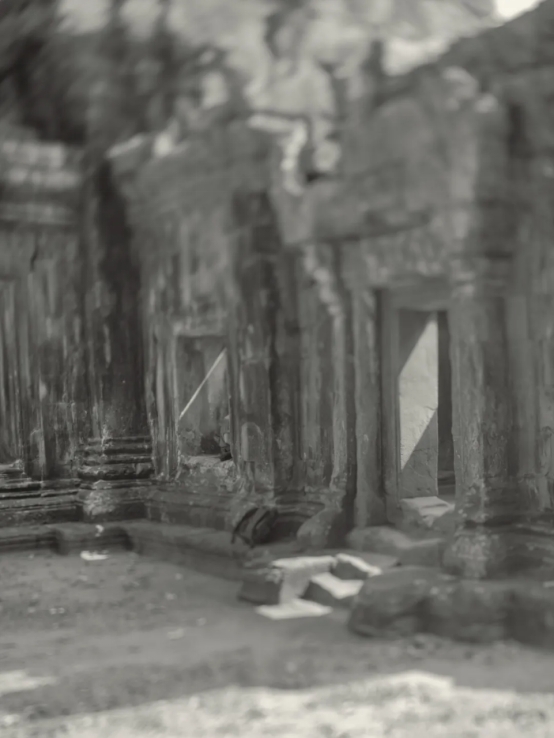
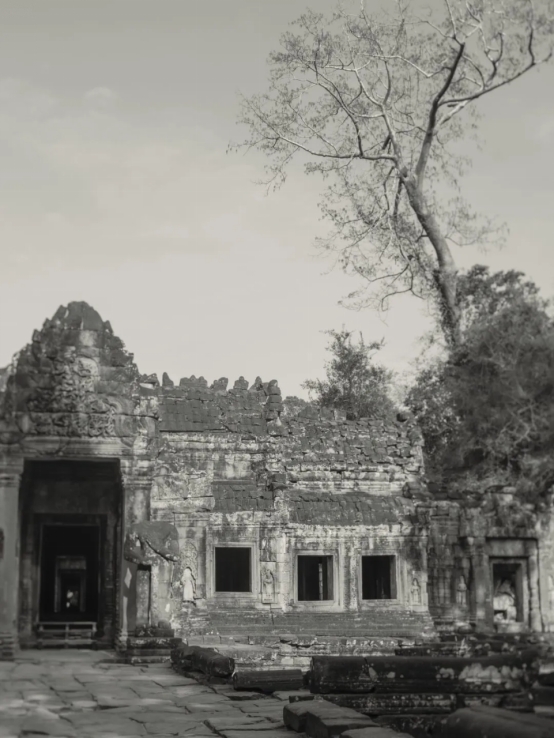

The 44 works on display were all made with digital cameras. After post-production of digital negatives, they were made using traditional classical crafts - platinum-palladium printing. Today, when different forms of classical crafts are popular all over the world, such complex technical means can be said to combine the advantages of ancient and modern printing. The "Mystic City of Angkor - Xiao Tongtong Photography Exhibition" is also a rare solo exhibition of platinum-palladium impression works in China in recent years. It will open at 15:00 on September 16, 2023 (Saturday) at 5A1 Art Space. At that time, there will also be an on-site signing of the artist's exhibition album of the same name. Please do not miss this journey of exploration of the mysterious world behind black and white images.
Exhibition Scene:
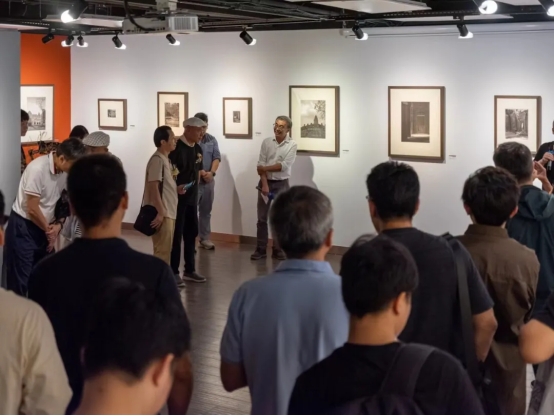
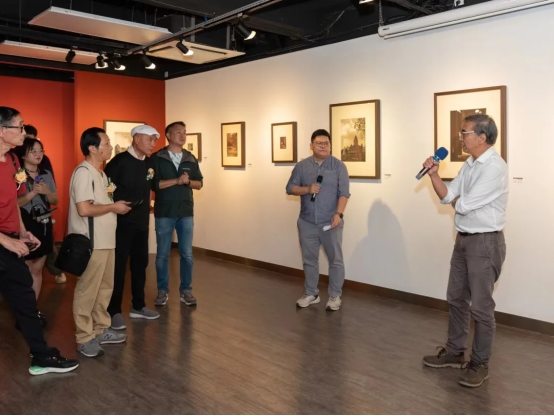
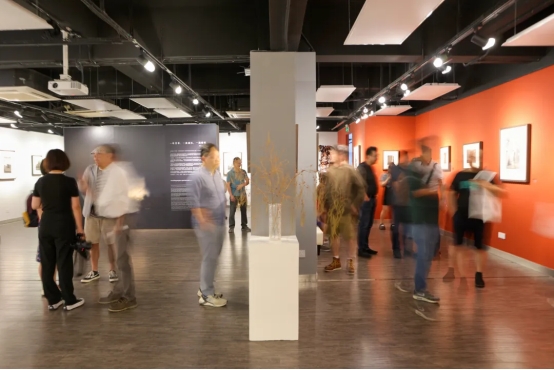
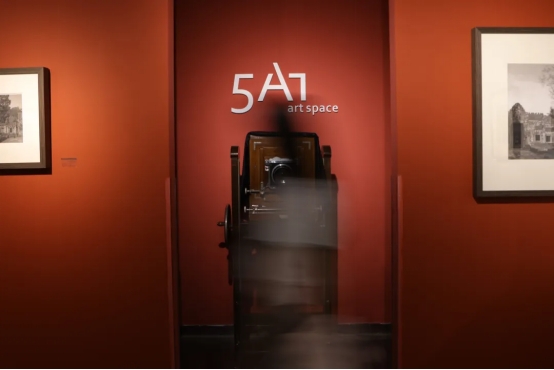
About the Artist:
Xiao Tongtong
Born in Wuhan, Hubei in 1959
Graduated from Wuhan University with a major in photography in 1984
Joined Hubei Photographers Association in 1986
Served as a director of Zhuhai Photographers Association from 1989 to 1999
Founded Tong Photography Gallery in 2019
Xiao Tongtong is committed to photographic art creation and promotion of photographic art culture.
Her works have been selected for the Hubei Provincial Photography Art Exhibition and the Wuhan Photography Art Exhibition;
And exhibited at the Image Shanghai Art Fair, Dali International Photography Festival, Zhuhai and Shenzhen.